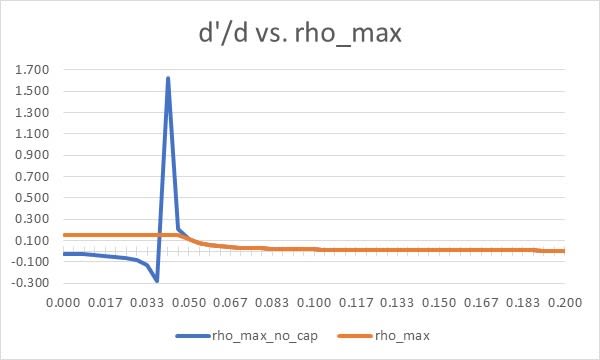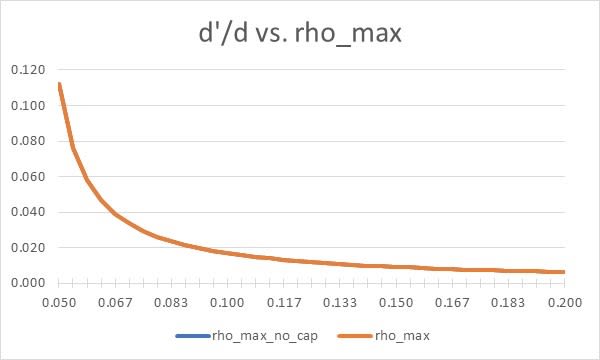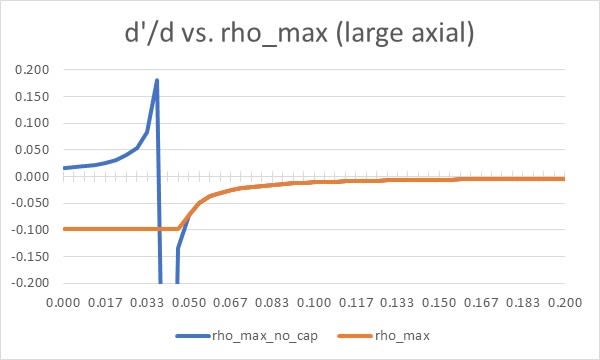NCMA TEK 14-4b has this equation for the maximum reinforcement ratio in CMU shearwalls:

I'm hoping one of you can help me understand how this equation isn't blowing up and going to infinity. The way I'm understanding it, that equation is dividing by 0 once my steel reinforcement reaches it's yield limit. (Which in a special wall is pretty damn quick, e.g. the intent of the alpha factor...)
I've found the same equation in ACI 530 (TMS 402), so I'm faaaairly certain it's not a typo. But I haven't found any evidence online of people screaming about an error, so I'm erring on the side of myself just not understanding the correct intent.

I'm hoping one of you can help me understand how this equation isn't blowing up and going to infinity. The way I'm understanding it, that equation is dividing by 0 once my steel reinforcement reaches it's yield limit. (Which in a special wall is pretty damn quick, e.g. the intent of the alpha factor...)
I've found the same equation in ACI 530 (TMS 402), so I'm faaaairly certain it's not a typo. But I haven't found any evidence online of people screaming about an error, so I'm erring on the side of myself just not understanding the correct intent.



